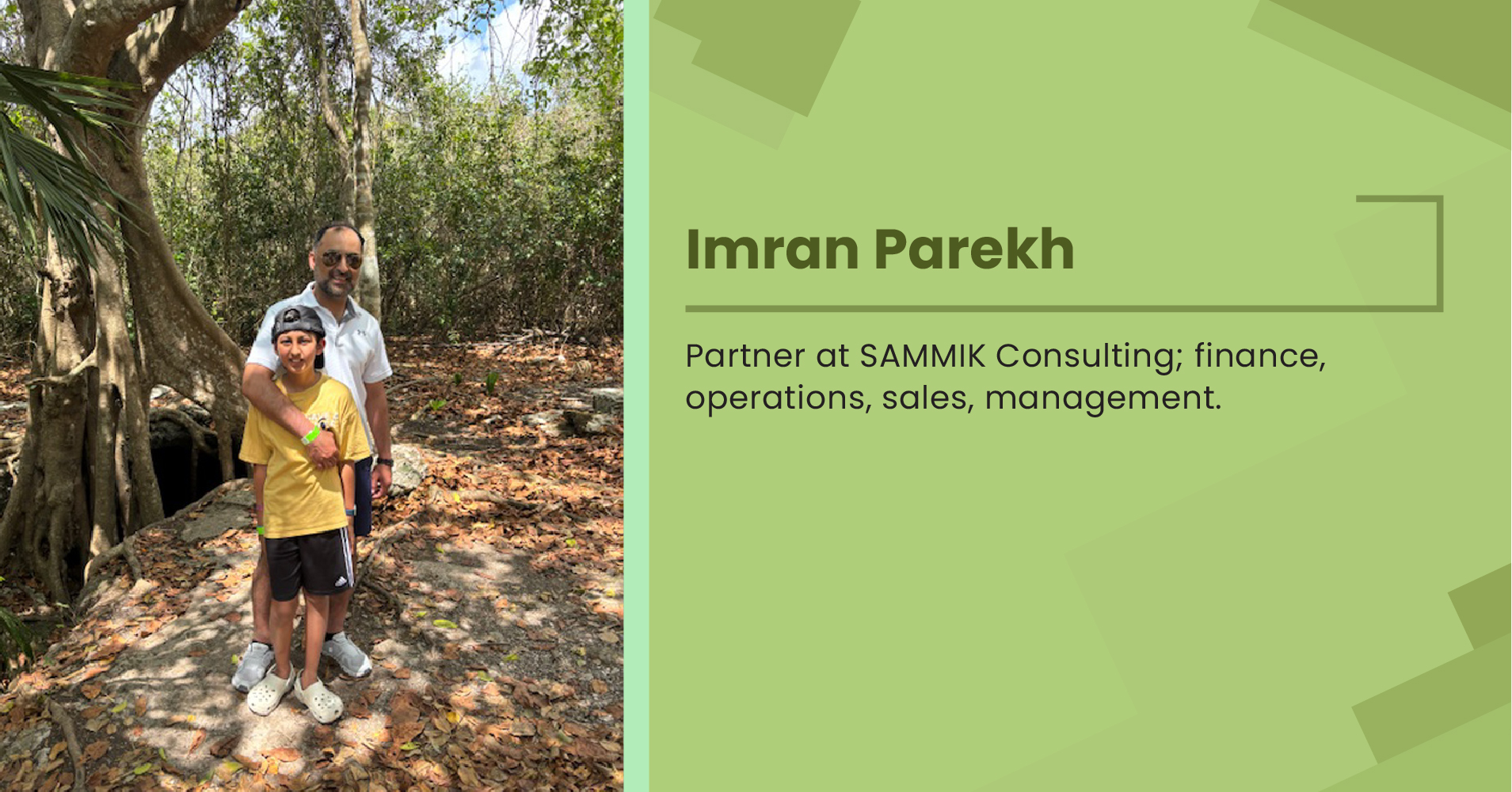
In today’s fast-paced, technology-driven world, businesses face numerous challenges that can threaten their operations. From cyberattacks to natural disasters, the ability to withstand and recover from disruptions is critical. This concept, known as operational resilience, is about more than just bouncing back—it’s about building systems and processes that can endure and thrive despite adversity. Here’s how organizations can create robust systems that stand the test of time.
Understanding Operational Resilience
Operational resilience refers to an organization’s ability to continue delivering essential services during and after a disruption. It’s about anticipating potential threats, preparing for them, and ensuring that operations can adapt and continue under various conditions. Unlike traditional risk management, which focuses on preventing incidents, operational resilience accepts that disruptions will happen and focuses on how to manage them effectively.
The Pillars of Resilient Systems
To build systems that can withstand the test of time, organizations must focus on several key areas:
Robust Infrastructure: The foundation of any resilient system is its infrastructure. This includes physical infrastructure, such as buildings and equipment, and digital infrastructure, like IT systems and networks. Ensuring that these components are durable, secure, and redundant can prevent a single point of failure from crippling operations.
Redundancy and Flexibility: Resilient systems are not only strong but also flexible. Redundancy—having backup systems and processes—ensures that operations can continue even if one component fails. Flexibility allows an organization to adapt to changing circumstances, such as shifting customer demands or regulatory changes.
Cybersecurity: In the digital age, cybersecurity is a cornerstone of operational resilience. Protecting data and systems from cyber threats requires constant vigilance, robust defenses, and a culture of security awareness across the organization. This includes everything from regular software updates to employee training on phishing and other common threats.
Supply Chain Resilience: Global supply chains are complex and often vulnerable to disruptions. Building a resilient supply chain involves diversifying suppliers, maintaining buffer inventory, and developing contingency plans to address potential disruptions, such as natural disasters or geopolitical tensions.
The Role of Leadership in Operational Resilience
Leadership plays a crucial role in fostering a culture of resilience within an organization. Leaders must prioritize resilience in their strategic planning, ensuring that all departments understand its importance and are equipped to contribute to resilient operations.
Clear Communication: Effective communication is essential for resilience. Leaders must ensure that all employees understand their roles in maintaining operations during disruptions. This includes clear guidelines for responding to incidents and regular drills to practice these responses.
Empowering Employees: Employees at all levels should be empowered to make decisions during a crisis. This requires training and a clear understanding of the organization’s resilience strategies. Empowered employees can respond more quickly and effectively, minimizing the impact of disruptions.
Continuous Improvement: Operational resilience is not a one-time effort but an ongoing process. Leaders must regularly assess the organization’s resilience strategies, learn from past incidents, and adapt to new threats. This commitment to continuous improvement ensures that the organization remains resilient in the face of evolving challenges.
Leveraging Technology for Resilience
Technology is a powerful tool in building operational resilience. From advanced analytics to artificial intelligence, modern technology can help organizations anticipate disruptions and respond more effectively.
Predictive Analytics: By analyzing historical data, organizations can identify patterns and trends that may indicate potential disruptions. Predictive analytics can be used to forecast everything from equipment failures to shifts in market demand, allowing organizations to take proactive measures.
Automation: Automating routine tasks can free up resources and reduce the risk of human error, which is particularly important during a crisis. Automation can also help maintain operations by automatically switching to backup systems or rerouting processes in the event of a disruption.
Artificial Intelligence (AI) can enhance operational resilience by identifying emerging threats in real-time and suggesting appropriate responses. For example, AI can detect unusual activity in a network that might indicate a cyberattack, allowing the organization to take immediate action.
Testing and Validation
A resilient system is only as good as its ability to perform under pressure. Regular testing and validation are essential to ensure that systems will function as intended during a disruption.
Stress Testing: Subjecting systems to extreme conditions—such as high traffic volumes or simulated cyberattacks—can reveal vulnerabilities that might not be apparent under normal operations. These tests help organizations identify and address weaknesses before they lead to real-world failures.
Business Continuity Planning: A comprehensive business continuity plan outlines the steps an organization will take to maintain operations during and after a disruption. Regularly testing and updating this plan is crucial to ensuring that it remains effective as the organization and its environment evolve.
Incident Response Drills: Conducting regular incident response drills allows employees to practice their roles in a controlled environment. These drills help ensure that everyone knows what to do in a crisis and can respond quickly and effectively.
Building operational resilience is not a one-size-fits-all approach. It requires a tailored strategy that considers the unique challenges and risks facing each organization. By focusing on robust infrastructure, leadership, technology, and continuous improvement, organizations can develop systems that stand the test of time, ensuring their long-term success and stability in an unpredictable world. As threats continue to evolve, so must the strategies to counter them, making operational resilience an ongoing journey rather than a destination.